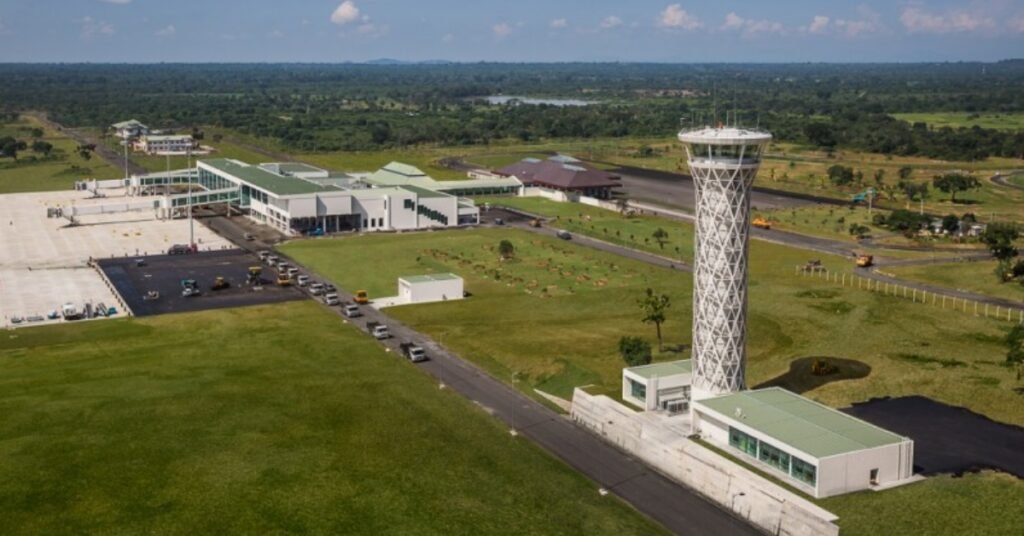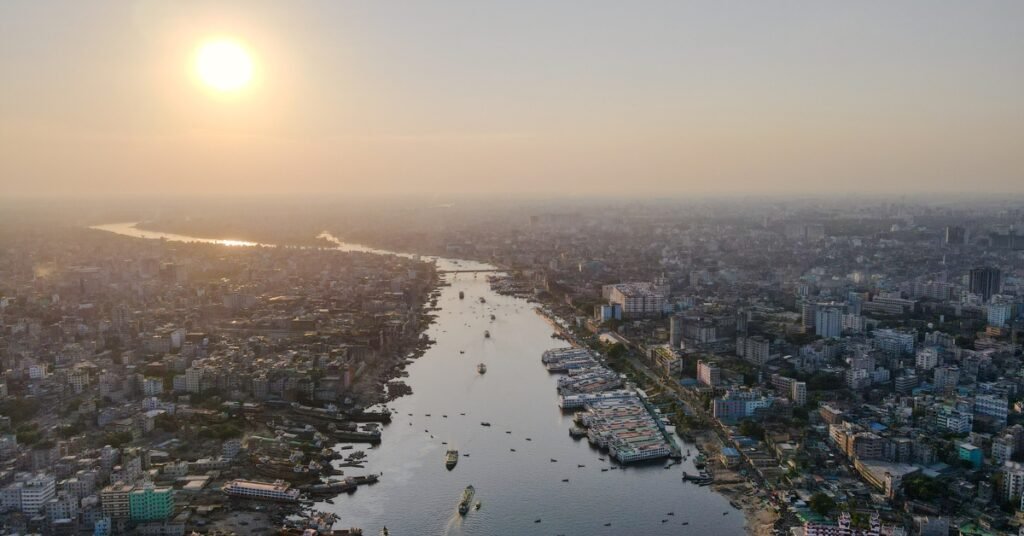Sri Lanka transfers Mattala Airport management to Indian and Russian firms to curb losses and stabilize the economy. Strategic shift enhances regional relations and economic prospects.
Table of Contents
Colombo: In a significant move to mitigate financial losses, the Sri Lankan government announced on Friday that the management of the $209 million Mattala Rajapaksa International Airport (MRIA), originally constructed with funding from China, will be transferred to two foreign companies from India and Russia.
Overview of the Agreement
The airport, which has been controversial due to its low flight intake and sensitive environmental placement, will see its operational reins handed to Shaurya Aeronautics (Pvt) Ltd. of India and Airports of Regions Management Company of Russia.
This partnership is set for a 30-year term, although the specifics of the deal’s financials remain undisclosed.
Financial Context and Strategic Implications
MRIA Key Financial and Management Transfer Data
| Item | Details |
|---|---|
| Construction Cost | $209 million |
| Funding Source | China EXIM Bank |
| New Management | Shaurya Aeronautics Pvt. Ltd. (India), Airports of Regions Management Company (Russia) |
| Management Duration | 30 years |
| Loan Restructuring Negotiations | With China EXIM Bank |
MRIA’s establishment in 2013, during Mahinda Rajapaksa’s presidency, marked a pivot towards Chinese influence, diverging from Sri Lanka’s traditional alignment with India.
Notably, the airport is located in Rajapaksa’s hometown, adding a layer of political significance to its operations and international partnerships.
Economic Challenges and Future Directions
The management transfer comes as Sri Lanka engages in broader negotiations with the China EXIM Bank to restructure the airport loan—a slice of the substantial $4.2 billion borrowed for various infrastructure projects across the island.
This strategic decision is part of a larger effort by Sri Lanka to alleviate the financial burden of its state enterprises.
In May 2022, the nation defaulted on its foreign debt, plunged its economy into the deepest crisis seen in over seventy years, and foreign exchange reserves hit record lows, severely threatening the country’s economic stability.
However, the horizon is brightening.
A $2.9 billion bailout from the International Monetary Fund (IMF) has injected much-needed stability into the economy, setting Sri Lanka on a path that could potentially lead to economic growth in 2024, following two challenging years.
Conclusion
As Sri Lanka stands at this crossroads, the decision to internationalize MRIA management is seen as a critical step towards financial recovery and strategic repositioning in global geopolitics.
The involvement of Indian and Russian firms reflects a shift in regional power dynamics and highlights the island’s ongoing efforts to balance international relationships and domestic economic health.
This development promises a new chapter for MRIA and a new trajectory for Sri Lanka’s economic recovery and growth.







